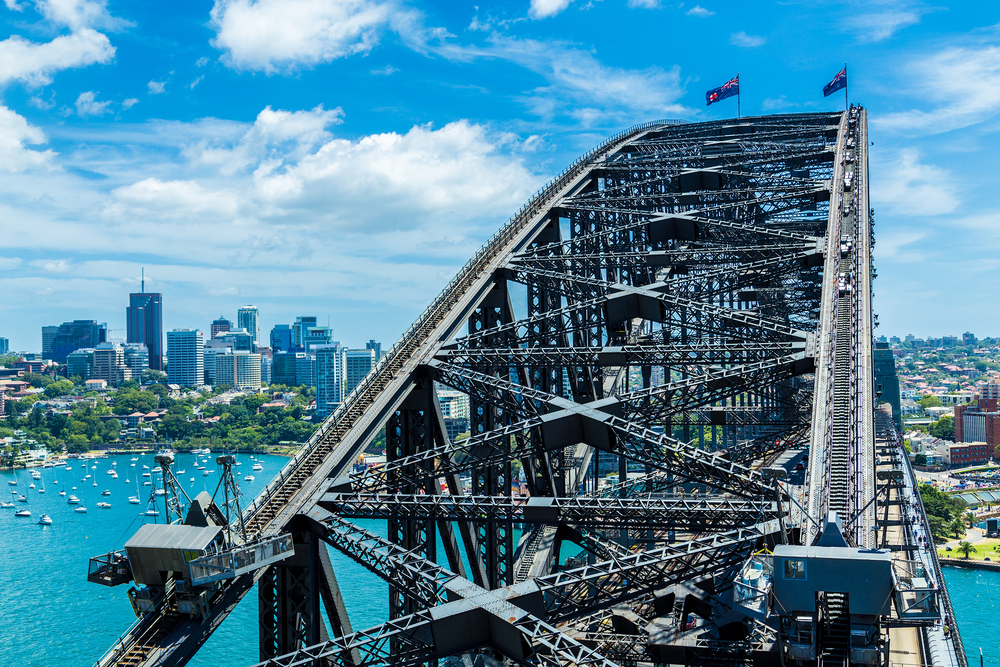Intending to fly a drone in Australia? Whether your purposes are personal or commercial, it’s essential that you are aware of all the regulations and laws that concern operating a drone in Australia. Drone legalities differ greatly from country to country, so if you’re traveling with a drone, spend some time researching each destination before packing up your DJI Mavic, DJI Phantom, or Yuneec drone (just a few of the most popular models on the market). When planning to fly a drone in Oz, here’s what you need to know:
The Basics – Standard Operating Conditions
The authority in charge of governing drone usage in Australia is CASA. In the past years, as drones have boomed in popularity, they’ve set forth some standards for safe and appropriate drone operation. These apply to all drone operators planning to use UAVs for non-commercial purposes. This includes private landowners flying drones on their own properties and very small commercial RPA operators. Some of the standards you must follow include:
- You must not fly your drone over populous areas where many people tend to gather. This includes spots like beaches and parks.
- Keep your drone at least 30m away from other people.
- You must always fly your UAV within your visual line of site, meaning you need to be able to see it at all times, without the aid of binoculars or other visual enhancements.
- You can fly only one drone at any given time.
- You must only fly during daylight hours.
There are other standards that must be adhered to as well. Please check the official CASA website for full details.
Flying For Commercial Gain
Things change when you plan to operate a drone for commercial purposes. Businesses using drones are numerous, as there are endless benefits to UAV usage in a range of industries. Should you elect to use a UAV in business, you must obtain the proper certification to do so.
First, your organisation needs to hold a ReOC, the CASA RPA Operator’s Certificate. This involves processing your application, but the task can be made more expedient when you use Total RPA. Click here to find out how.
Second, your primary UAV operator, or anyone who will be flying the drone, will need to earn their Remote Pilot Licence. The right coursework will ensure you become an expert at controlling a UAV and gain the associated skills, including the basics of meteorology, aerodynamics, and mission preparation. (At Total RPA, we’ve added a few exciting new modules that you can’t get anywhere else: night flying, basic mapping with a drone, and close proximity operations. A 5-day classroom RePL course gets you the licensing and knowledge you need to get flying.)
An exception to the above: Small commercial drone operators can operate drones under 2kg for commercial purposes without the above certifications. These smaller drones are often more appropriate for recreational use, so for the serious business looking to use serious drones, this exclusion will not apply.
Now that you know what you need to control drones in Australia, it’s time to get started. Contact Total RPA for the very best training in the country, offering coursework in your area (and remotely) right now. Get in contact as soon as possible, and you’ll be on the way to flying drones for your business.

